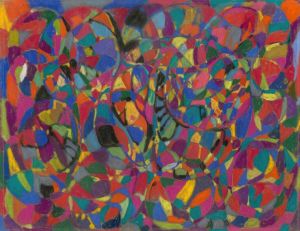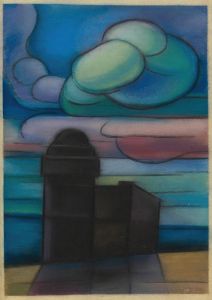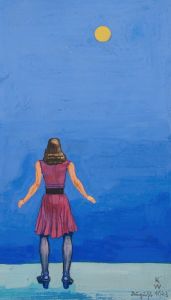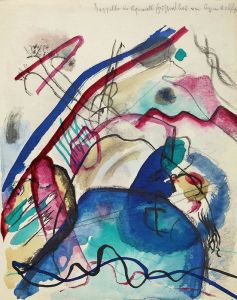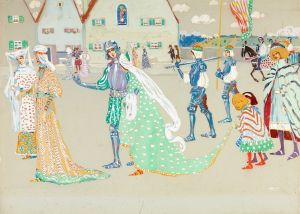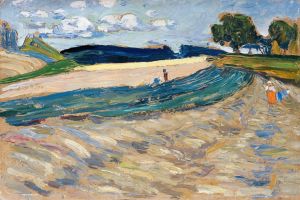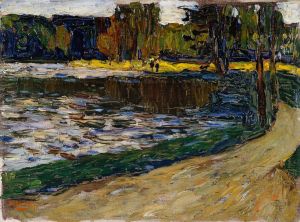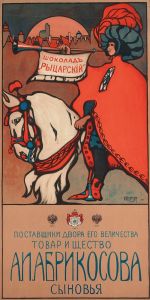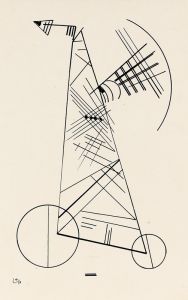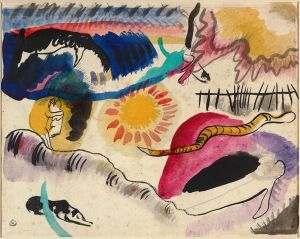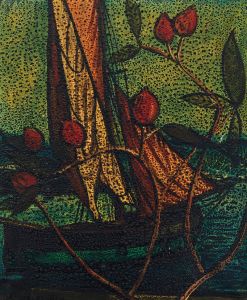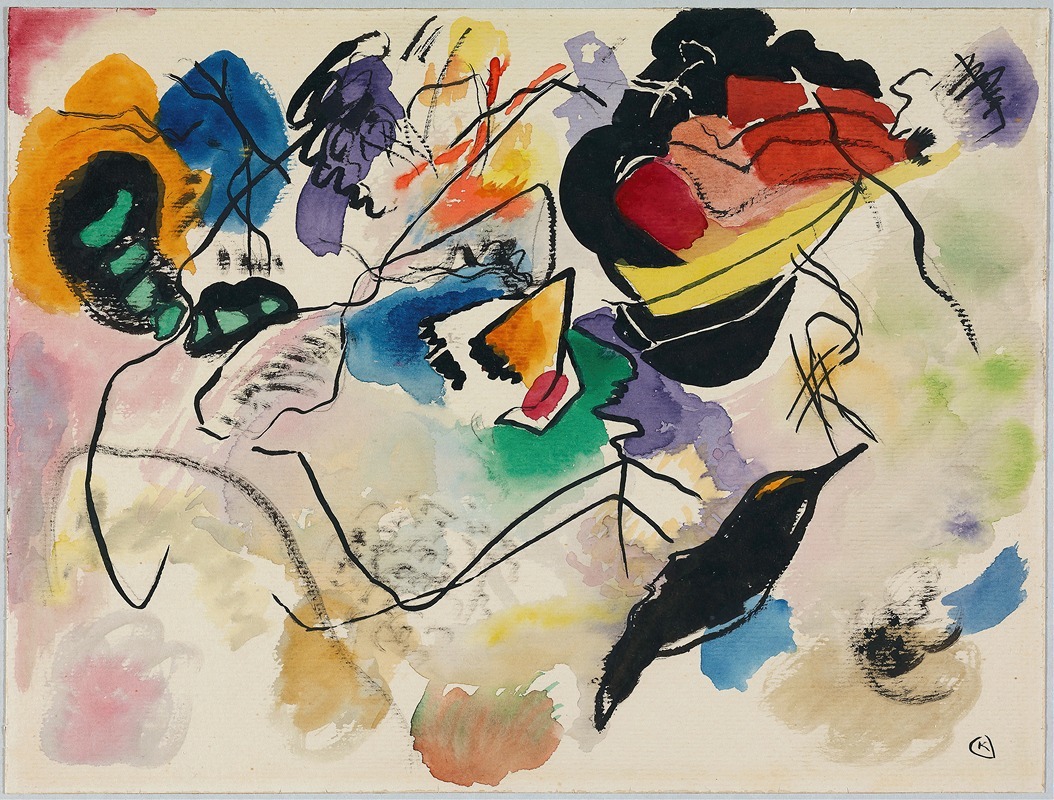
Entwurf zu ‘Komposition VII’
A hand-painted replica of Wassily Kandinsky’s masterpiece Entwurf zu ‘Komposition VII’, meticulously crafted by professional artists to capture the true essence of the original. Each piece is created with museum-quality canvas and rare mineral pigments, carefully painted by experienced artists with delicate brushstrokes and rich, layered colors to perfectly recreate the texture of the original artwork. Unlike machine-printed reproductions, this hand-painted version brings the painting to life, infused with the artist’s emotions and skill in every stroke. Whether for personal collection or home decoration, it instantly elevates the artistic atmosphere of any space.
Wassily Kandinsky's Entwurf zu ‘Komposition VII’ (Study for ‘Composition VII’) is a preparatory work created in 1913 for one of his most celebrated abstract paintings, Composition VII. Kandinsky, a pioneer of abstract art, was deeply influenced by his interest in music, spirituality, and the emotional power of color and form. This study represents an essential step in the development of his artistic process, showcasing his meticulous planning and experimentation with abstract forms before executing the final composition.
The study is characterized by a dynamic arrangement of shapes, lines, and colors, which reflect Kandinsky's exploration of non-representational art. It demonstrates his belief that art could evoke emotions and spiritual experiences without relying on recognizable imagery. The preparatory work reveals the artist's effort to balance chaos and harmony, a central theme in his abstract compositions. The swirling forms and overlapping elements suggest movement and energy, which are also prominent in the final version of Composition VII.
Kandinsky created Entwurf zu ‘Komposition VII’ during a particularly productive period in his career, while he was living in Munich and associated with the avant-garde group Der Blaue Reiter (The Blue Rider). This group, co-founded by Kandinsky and Franz Marc, sought to promote modern art and explore the connections between visual art, music, and spirituality. The study reflects the group's ideals, particularly its emphasis on the expressive potential of color and form.
The final painting, Composition VII, is considered one of Kandinsky's masterpieces and a landmark in the history of abstract art. The preparatory study provides valuable insight into his creative process, illustrating how he developed and refined his ideas before executing the larger, more complex work. While the study is less detailed than the final painting, it captures the essence of Kandinsky's vision and serves as a testament to his innovative approach to art.
Today, Entwurf zu ‘Komposition VII’ is recognized as an important work in Kandinsky's oeuvre, offering a glimpse into the mind of an artist who revolutionized the way we perceive and create art. It is studied by art historians and enthusiasts alike for its role in the evolution of abstract art and its connection to Kandinsky's broader artistic philosophy.





